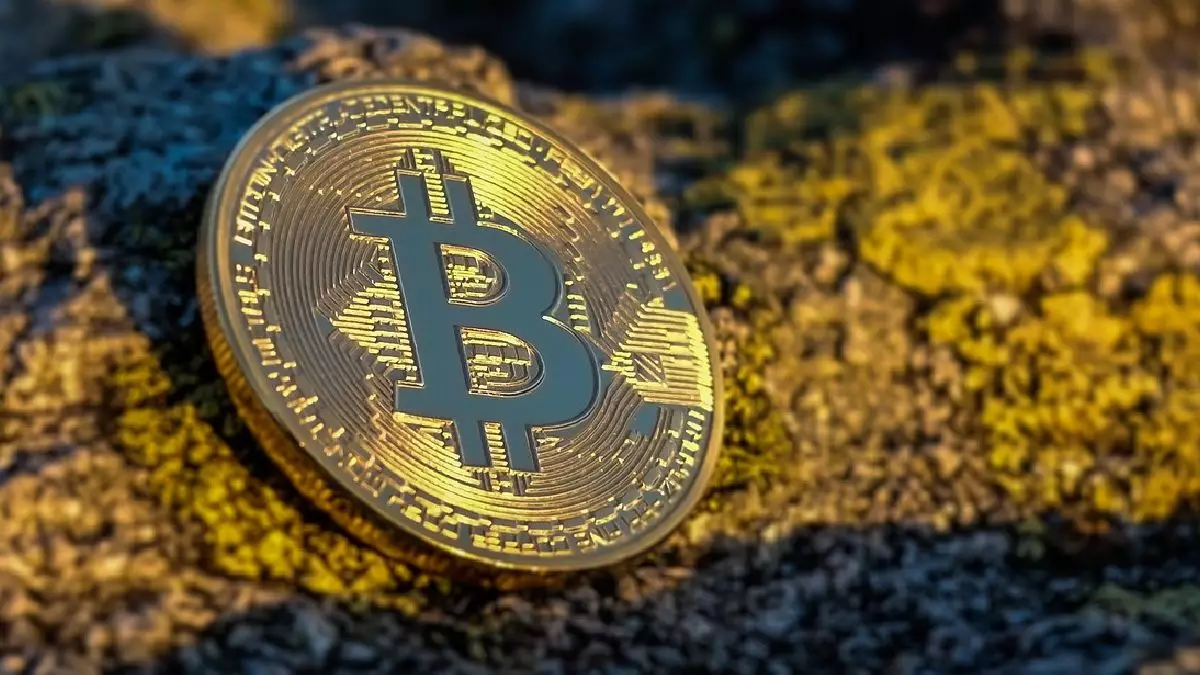The cryptocurrency market has recently been exhibiting a more negative trend than positive, particularly on Wednesday, October 9. Bitcoin, the most prominent digital currency, experienced a modest decline across various exchanges, both internationally and within India. Despite these slight downturns, Bitcoin has managed to maintain its trading price above the crucial $62,000 mark, signaling a degree of resilience amid a backdrop of volatility. This is a notable point considering investor sentiment can often pivot sharply in reaction to market conditions.
When examining data from CoinMarketCap at the time of writing, Bitcoin was sitting at approximately $62,353 on international platforms, which translates to around Rs. 52.3 lakh. Conversely, Indian exchanges like CoinSwitch and CoinDCX have pegged Bitcoin’s valuation slightly higher, around Rs. 53.6 lakh. Avinash Shekhar, Co-Founder and CEO of Pi42, noted that despite the ongoing volatility, there is a prevailing sense of optimism, particularly with the term “Uptober” becoming a focal point among bullish investors. This sentiment hints at a belief in potential upward momentum, even in the face of market fluctuations.
Bitcoin isn’t the only cryptocurrency facing the heat; Ethereum (ETH) likewise encountered a drop of 1.75 percent over the preceding 24 hours. Currently, ETH trades around $2,442 internationally while it can be found at $2,515 on Indian exchanges. However, what stands out in the ETH community is the significant excitement stemming from the release of a new Ethereum Improvement Proposal (EIP-7781). This proposal is lauded for its potential to boost transaction speeds significantly and is anticipated to aid decentralized exchanges (DEXs) in saving a whopping $100 million.
ZebPay’s Trade Desk projected that the $2,400 range would establish itself as a robust support level for Ethereum, further highlighting the technical analysis often employed in cryptocurrency trading. This indicates that while immediate downturns may affect investors, long-term prospects could be bolstered by advancements such as EIP-7781, reflecting a market in flux yet constantly innovating.
The cautionary tone doesn’t stop with the primary players like Bitcoin and Ethereum. Other cryptocurrencies including USD Coin, Ripple, Cardano, Avalanche, and Polkadot have also faced declines, contributing to an overall slump in the market by about 0.55 percent in just 24 hours. As of now, the entirety of the crypto sector holds a valuation of approximately $2.17 trillion, according to CoinMarketCap.
Industry analysts such as Vikram Subburaj, CEO of Giottus, have suggested that the current consolidation within the market may create favorable conditions for various altcoins to potentially outperform Bitcoin in the short run. This commentary reinforces the notion that even within a generally negative market environment, opportunities for growth still exist, particularly among lesser-known cryptocurrencies.
Meanwhile, despite the downturn for many assets, certain coins like Tether, Binance Coin, Solana, Dogecoin, and Shiba Inu have managed to reflect minor profits, suggesting that segments of the market continue to display resilience. The cryptocurrency sector’s propensity for bursts of volatility, especially among so-called “memecoins,” has seen a sell-off trend as traders capitalize on recent gains, highlighting the intense short-term trading dynamics that characterize the market.
Investing in cryptocurrency remains fraught with both opportunities and risks, given its current unregulated status and inherent volatility. The information dissected within this landscape does not serve as formal financial advice but rather a snapshot of trending topics and market behavior. As investors navigate these turbulent times, remaining informed and cautious is paramount, especially in an environment where shifts can occur rapidly and without warning. Whether one is swayed by the optimism surrounding technical developments or wary of potential losses, the cryptocurrency market remains a space where careful analysis and informed decision-making are essential.


Leave a Reply